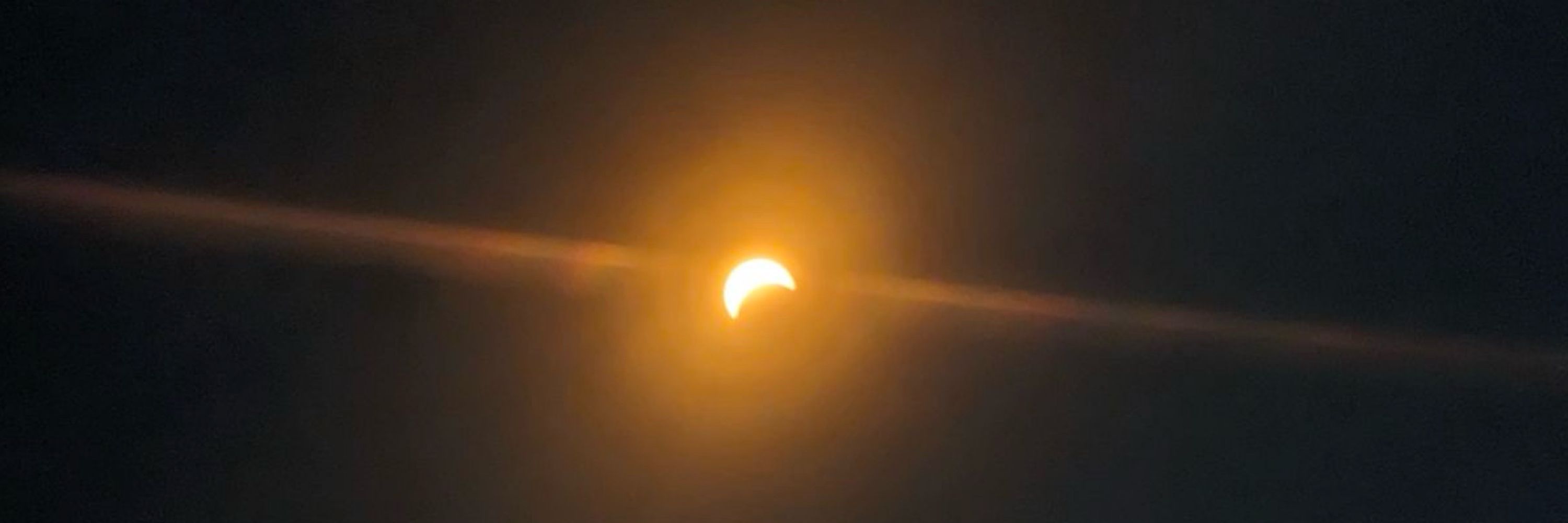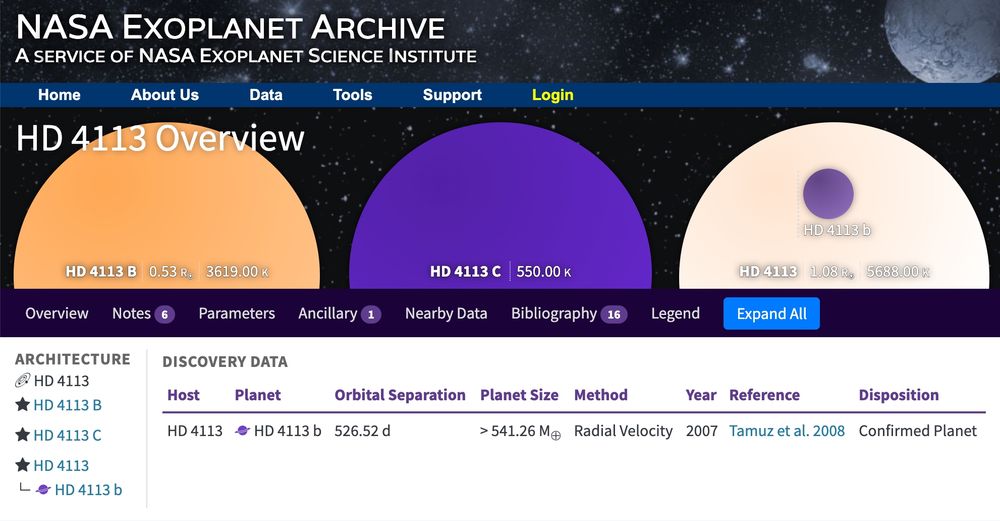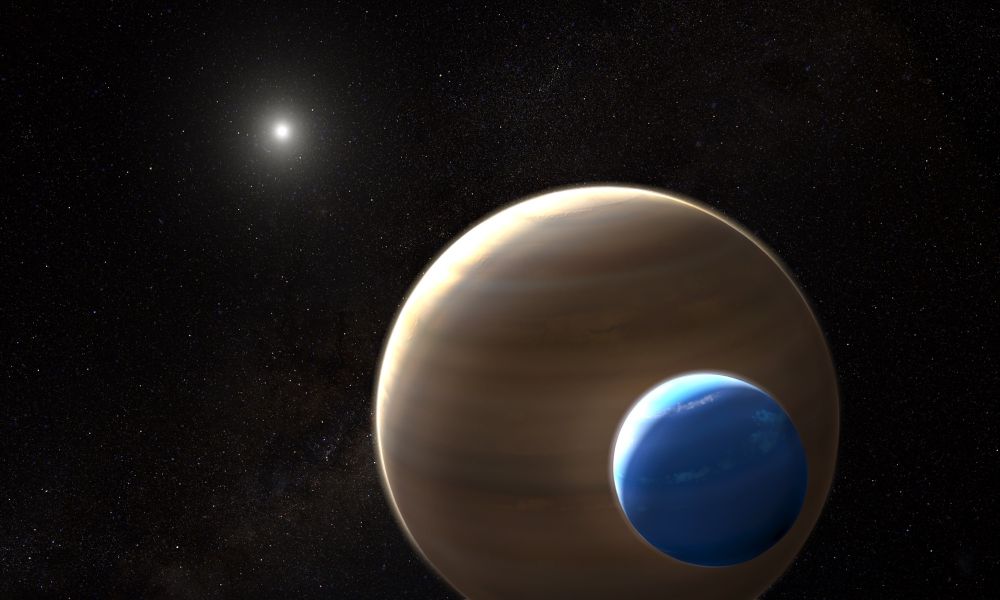
The average ACA benefit per month is up to $550 a person.
People want us to hold the line for a reason. This is not a matter of appealing to a base. It’s about people’s lives.
And working people want leaders whose word means something to them.
The average ACA benefit per month is up to $550 a person.
People want us to hold the line for a reason. This is not a matter of appealing to a base. It’s about people’s lives.
And working people want leaders whose word means something to them.
NASA Exoplanet Archive just updated our overview pages so the stars are closer to their actual colours, as per Harre & Heller (2021) and Cranmer (2021).
You're welcome. 😎
(You can thank @kevinkhu.bsky.social!)

NASA Exoplanet Archive just updated our overview pages so the stars are closer to their actual colours, as per Harre & Heller (2021) and Cranmer (2021).
You're welcome. 😎
(You can thank @kevinkhu.bsky.social!)
I would like to encourage you to celebrate #WomenInPhysics Day this Friday, November 7th.
Why November 7th? Because it is the birthday of two of the most impactful women physicists of the 1900's: Marie Curie and Lise Meitner. 🎢 ⚛️ 🧪 👩🔬

I would like to encourage you to celebrate #WomenInPhysics Day this Friday, November 7th.
Why November 7th? Because it is the birthday of two of the most impactful women physicists of the 1900's: Marie Curie and Lise Meitner. 🎢 ⚛️ 🧪 👩🔬
aas.org/meetings/aas...
1) Click “Register for AAS 247” from the conference webpage
2) Scroll to the table with the section labeled “1. Workshops”
3) Scroll to the workshop you want , click “Add”
(1/2)
aas.org/meetings/aas...
1) Click “Register for AAS 247” from the conference webpage
2) Scroll to the table with the section labeled “1. Workshops”
3) Scroll to the workshop you want , click “Add”
(1/2)
Today’s HiPOD doubles as our 3D post because it was just too good to pass up! (See the HiPOD for details.)
Full image: https://www.uahirise.org/anaglyph/ESP_089275_2270_ESP_088932_2270_RED
NASA/JPL-Caltech/University of Arizona
#Mars #NASA #science

Today’s HiPOD doubles as our 3D post because it was just too good to pass up! (See the HiPOD for details.)
Full image: https://www.uahirise.org/anaglyph/ESP_089275_2270_ESP_088932_2270_RED
NASA/JPL-Caltech/University of Arizona
#Mars #NASA #science
Couldn’t pass up a chance to go after Comet Lemmon given last night’s combination of clear skies and a new moon. Good way to replenish the soul after that heartbreaking ALCS finale. 😅
🏷️: 📸🌿🐡🔭

Couldn’t pass up a chance to go after Comet Lemmon given last night’s combination of clear skies and a new moon. Good way to replenish the soul after that heartbreaking ALCS finale. 😅
🏷️: 📸🌿🐡🔭
aas.org/posts/news/2...
aas.org/posts/news/2...
This is grotesquely wasteful, unnecessary, and self-aggrandizing.
No Kings. Also, no cosplay Marie Antoinettes.
www.nytimes.com/2025/10/18/u...


We simulate the PDS 70 exoplanet system's future using hydrodynamic + n-body simulations involving the disk and the two planets to see how its orbital architecture evolves! 🪐🪐

We simulate the PDS 70 exoplanet system's future using hydrodynamic + n-body simulations involving the disk and the two planets to see how its orbital architecture evolves! 🪐🪐


To celebrate, @alexwitze.bsky.social and @nature.com collected some astronomers' favourite planets:
www.nature.com/articles/d41...

To celebrate, @alexwitze.bsky.social and @nature.com collected some astronomers' favourite planets:
www.nature.com/articles/d41...
🧵 to follow...


astrobites.org/2025/09/25/e...

astrobites.org/2025/09/25/e...
So it looks like the aurorae are occurring near the equator, because, in fact, they are! Within ~ 30deg of the equator.
Credit: ESA/Hubble, NASA, L. Lamy, L. Sromovsky

So it looks like the aurorae are occurring near the equator, because, in fact, they are! Within ~ 30deg of the equator.
Special shoutout to Figure 2, an incredible piece of art that I want on my wall (and suspect could even make an excellent tattoo if executed well?)

Special shoutout to Figure 2, an incredible piece of art that I want on my wall (and suspect could even make an excellent tattoo if executed well?)

- Nearly half (~490) were discovered with NASA's TESS mission
- As a result, their host stars are nearly *10 times brighter on average* than previous stars!
- We have found a lot more cool giant planets (Jupiter analogs), with RV and imaging
Happy 6,000 Confirmed Exoplanets Day, everybody!!!!
(You may recognize the narrator of the video at the link! 🫣)
www.nasa.gov/universe/exo...


- Nearly half (~490) were discovered with NASA's TESS mission
- As a result, their host stars are nearly *10 times brighter on average* than previous stars!
- We have found a lot more cool giant planets (Jupiter analogs), with RV and imaging
Happy 6,000 Confirmed Exoplanets Day, everybody!!!!
(You may recognize the narrator of the video at the link! 🫣)
www.nasa.gov/universe/exo...


Happy 6,000 Confirmed Exoplanets Day, everybody!!!!
(You may recognize the narrator of the video at the link! 🫣)
www.nasa.gov/universe/exo...


You've seen the headlines, now let's dive into the science! 🧪
THREAD (1/N)
#Exoplanets 🔭

You've seen the headlines, now let's dive into the science! 🧪
THREAD (1/N)
#Exoplanets 🔭
So, we're looking for planets like Earth, right? It's the only place we've found with life so far.
What makes it "Earth"? Well, some things include being a rocky planet, and being the right temperature for liquid water. (1/N)
JWST SPECTRA OF THE HABITABLE TRAPPIST-1 PLANETS!
TRAPPIST-1 E!!!
IT'S ... A FLAT LINE!
BUT NOT AS FLAT AS IT COULD BE!?
IS THERE AN ATMOSPHERE?!?!?
WE STILL DON'T KNOWWWWW.
www.nytimes.com/2025/09/08/s...

So, we're looking for planets like Earth, right? It's the only place we've found with life so far.
What makes it "Earth"? Well, some things include being a rocky planet, and being the right temperature for liquid water. (1/N)

